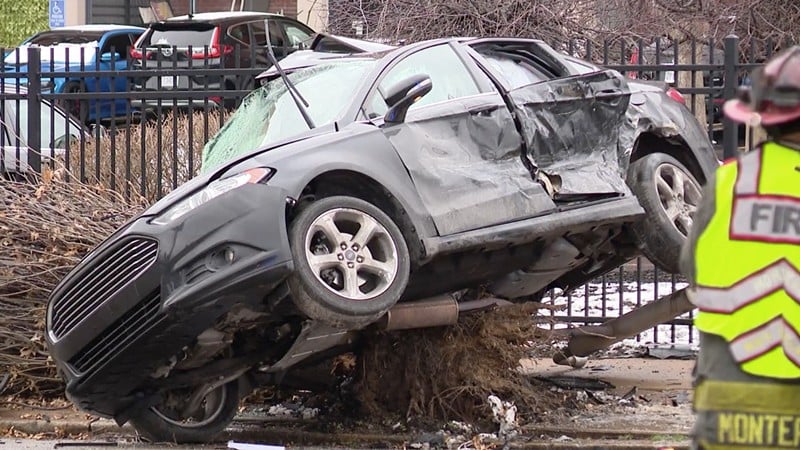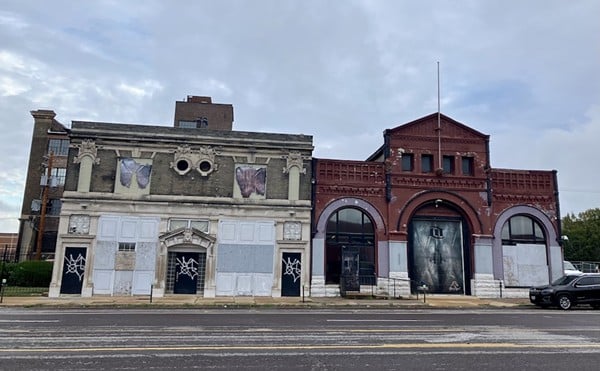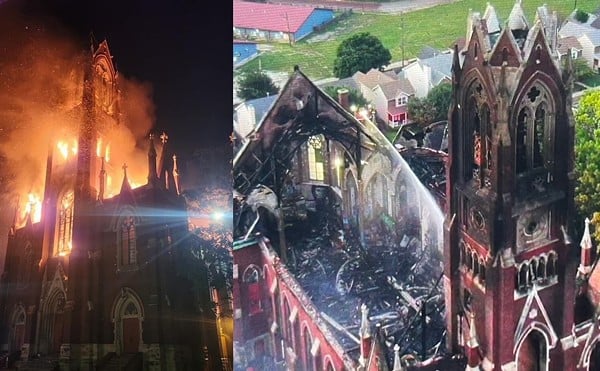How St. Louis City Plans to Reduce Traffic Violence
Traffic violence continues to plague St. Louis city but the Safer Streets Bill has a multi-pronged approach to address the problem
Transportation fatalities in St. Louis city have risen steadily in recent years.
In 2011, 46 people (whether they were vehicle occupants or pedestrians) died as a result of traffic violence. Seventy-eight died in 2022 for the same reason, making the year the second deadliest in St. Louis history for traffic violence.
But in the larger context of the United States, St. Louis’ traffic issue is far from an anomaly. From 2011 to 2020, total pedestrian deaths rose from from 4,457 to 6,516 across the nation, according to the National Highway Traffic Safety Administration.
A bill signed by the mayor this month looks to reduce traffic violence in the city.
Dubbed by city officials and street-safety advocates as a “first step,” Board Bill 120 allocates at least $40 million in American Rescue Plan funds to address street safety and infrastructure in St. Louis. After the mayor’s signature on March 1, the bill paves the way for $6 million in sidewalk improvements; $3.5 million for safety improvements to the city’s 10 most dangerous crash locations and $8 million for paving arterial streets, among several other appropriations.
Here’s what city officials say you can expect from the “St. Louis Safer Streets” bill in the coming years.
Implementing traffic calming studies
The city has previously completed traffic studies in key areas but lacked the funding to move forward, according to Board of Public Service president Rich Bradley. Board Bill 120 appropriates $12 million to design and implement traffic-calming measures and roadway improvements based on previous studies.
“This bill will move these studies into the design phase,” Bradley said at a press conference at Board Bill 120’s signing.
Once design is completed, the city will send out a request for bids from contractors, and construction will begin after contracts are awarded.
“It took decades to build the infrastructure we use every single day,” Bradley said. “This will not be work we can complete overnight.”
A holistic city-wide plan
St. Louis is gradually moving away from the archaic practice of using ward capital to improve streets.
Aldermen receive $300,000 a year for what’s historically been used to fund all capital improvement projects in each ward — whether that includes traffic calming, speed humps, road paving or other capital-improvement projects.
“Relying on ward capital has made these changes difficult to enact and has created challenges in implementation and creating consistent reforms across the city,” Board of Aldermen President Megan Green said at a recent press conference.
Having a set amount of money for capital-improvement projects makes it difficult to complete big safety projects on roadways that cross into multiple wards.
Instead, the city will now create a citywide “mobility and transportation master plan” to move away from the ward-by-ward traffic-safety approach.
Infrastructure projects
Improvements to 10 of the city’s most dangerous crash locations will be implemented on an unspecified timeline. According to the mayor’s office, vehicle crash hotspots include the intersections of North Broadway and Washington Avenue, Hampton Avenue and I-44, East Grand Boulevard and I-70, and Kingshighway Boulevard and Natural Bridge Avenue, among others. City officials appropriated $3.5 million to improve high-crash locations.
In addition, $14.5 million will be used to install medians, expand sidewalks, build traffic circles and more.
Coming soon: Riverfront Times Daily newsletter. We’ll send you a handful of interesting St. Louis stories every morning. Subscribe now to not miss a thing.
Follow us: Google News | NewsBreak | Reddit | Instagram | Facebook | Twitter







